|
Multi-Scale Chemical mechanical polishing (CMP) Physics-Based Modeling
| CMP has significant influence on the show stopping manufacturing process known as Photolithography. Without tightly controlled CMP lithography will fail. Changes in roughness at the feature to wafer scale can lead to lose of yield due to lithographic failures. In addition dishing and erosion can cause large variations in timing and power. This work looks into modeling CMP across all scales using physics-based modeling so that the model remains predictive without obtaining new empirical values for a new or adjusted CMP recipe. |
|
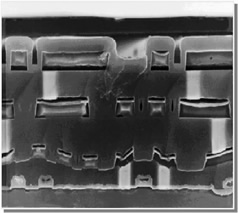 |
Sample Results:
| A closer look at feature-scale wear (in-house physics-based modeling) |
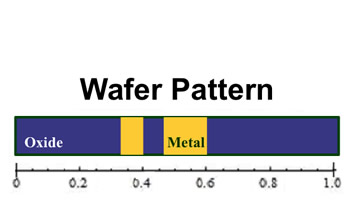
|
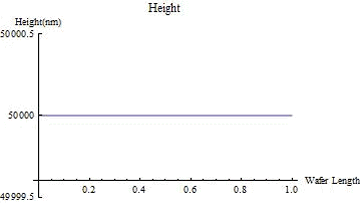 |
| Simulation of Wear Profiles for Different Line Widths (Feature Scale Dishing and Erosion) |
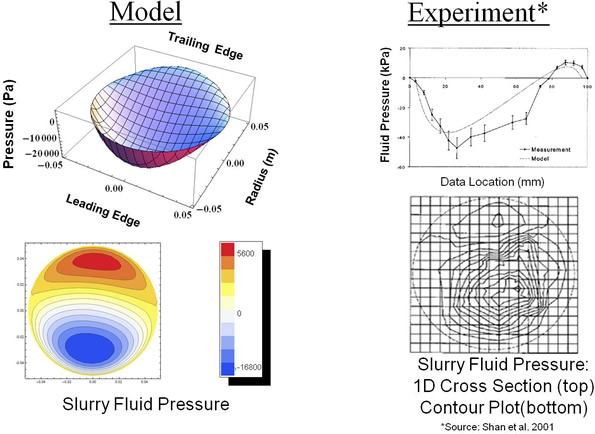
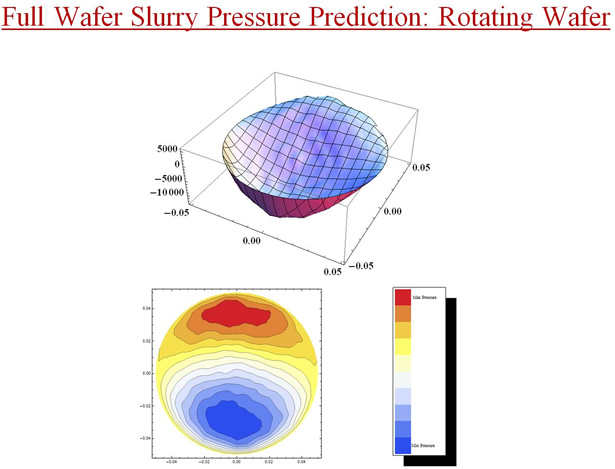
Select PFTL References:
Sierra Suarez J.A., Srivastava G., Higgs C.F. "A 3D Soft-EHL Model for Simulating Feature-scale Defects in Advanced Node ICs" Proceedings of: MRS Spring Meeting. San Francisco, CA, April, 2nd 2013.
|








